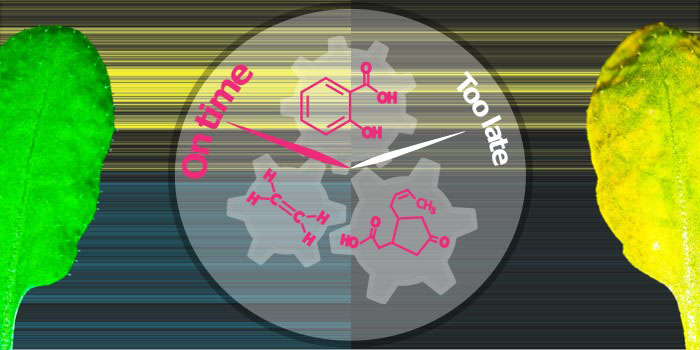
Defense or Disease: It’s a Matter of Timing
Mine et al. use RNA-seq to study RPS2-mediated bacterial resistance https://doi.org/10.1105/tpc.17.00970
By Akira Mine, Carolin Seyfferth and Kenichi Tsuda
Background: To fight against pathogens, plants can detect enemies and transduce the signal to reprogram gene expression in the cell as a defense…
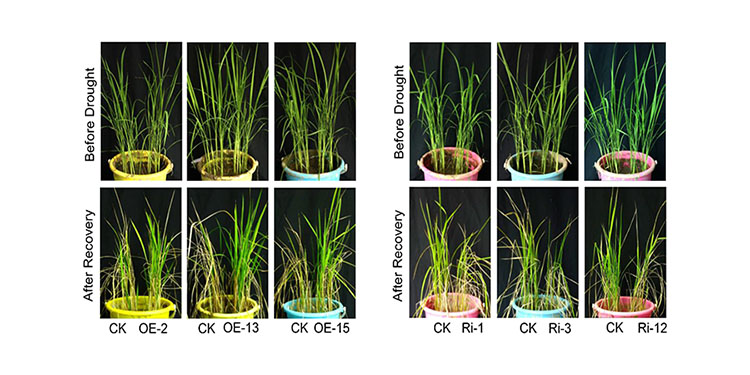
Newly Discovered Abscisic Acid Transporter in Rice
Yao et al. found that OsPM1 can move the plant hormone abscisic acid into rice cells. https://doi.org/10.1105/tpc.17.00770.
By Lingya Yao and Xiaochun Ge
Background: Abscisic acid (ABA) is an important plant hormone that regulates plant seed dormancy and stress responses, especially drought responses.…
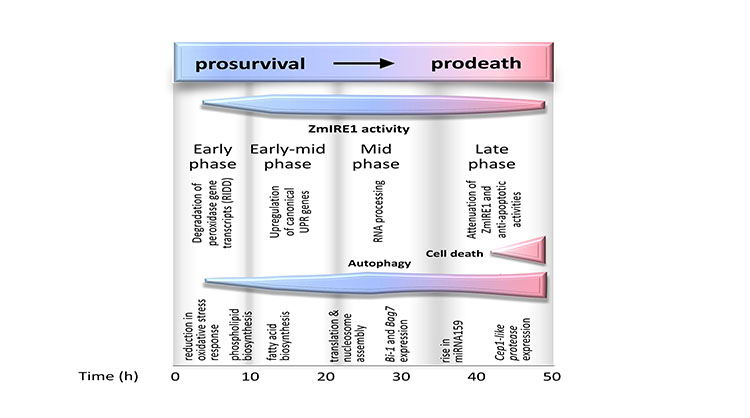
Understanding ER Stress in Maize
Background: Maize is one of the world’s leading crops that is used for food, feed, and fuel. Maize is vulnerable to adverse environmental conditions that lead to production losses. Such conditions can upset delicate cellular processes in maize cells such as protein folding in the endoplasmic reticulum…
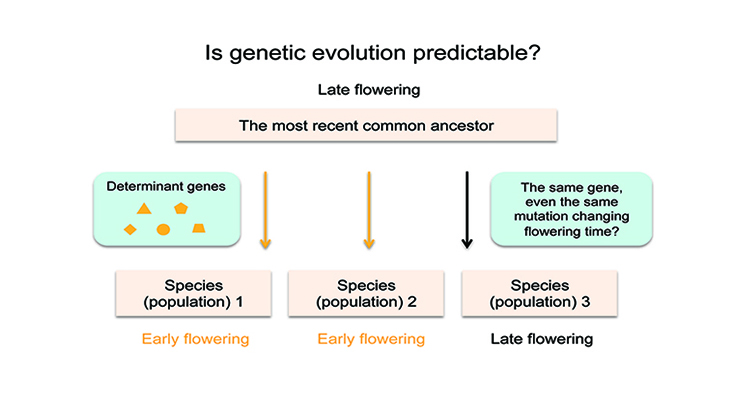
Is Genetic Evolution Predictable?
Yang et al. investigate the evolution of flowering time in the young species Capsella rubella. https://doi.org/10.1105/tpc.18.00124
Background: Flowering time is an important adaptive life-history trait in plants. Capsella rubella, a close relative of Arabidopsis thaliana and—in evolutionary time—a…
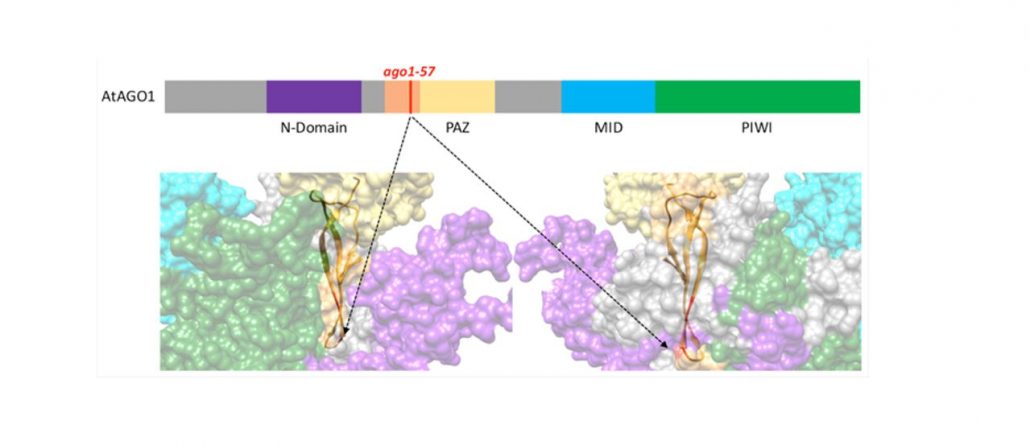
ARGONAUTE1: To Shed a Strand or Not?
Clavel et al. investigate recognition and binding of AGO1 by viral P0 protein https://doi.org/10.1105/tpc.18.00111.
By Marion Clavel
Background: In plants, small RNAs (sRNAs) are widely used to regulate gene expression of both host genes and foreign nucleic acid, like viruses. sRNAs function…
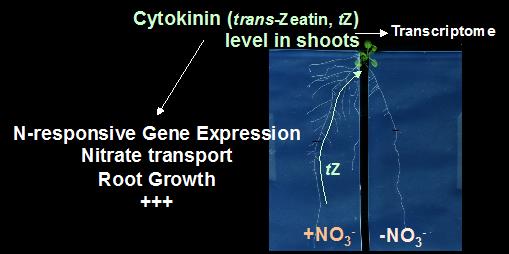
trans-Zeatin in Shoots Drives Nitrate Systemic Signaling
Poitout et al. study how plants forage for nutrients in the soil https://doi.org/10.1105/tpc.18.00011.
By Arthur Poitout and Sandrine Ruffel
Background: Nitrate, NO3- (the preferential nitrogen [N] source for most of higher plants) is spread unevenly in the soil due to its high mobile property,…
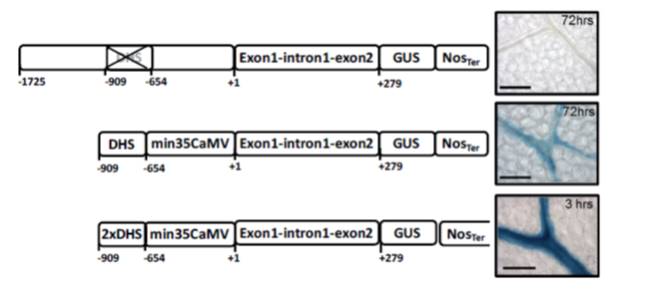
A single cis-element that controls cell-type specific expression in Arabidopsis (bioRxiv)
Multicellular organisms have different tissues that carry out diverse and specialized functions, and tissue-specific expression is the feature that gives each tissue its specific protein content. Despite its importance, the mechanisms that control spatial patterning is poorly understood. In this work,…
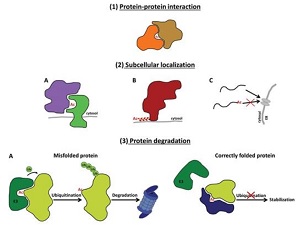
Roles of N-terminal acetylation and N-terminal acetyltransferases in plants (J. Exp. Bot.)
N-terminal acetylation is a common protein modification completed by ribosome-associated N-terminal acetyltransferases (NATs) or plastid-localized NATs. The recent discovery of the plastid-localized NATs upended the traditional model of static, co-translational imprinting of the plant proteome. These…
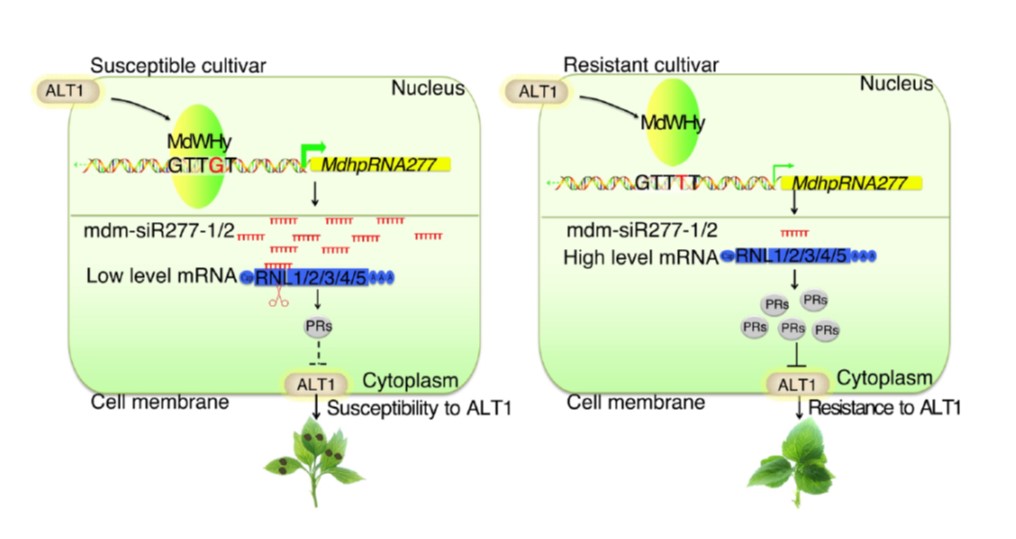
What a difference a base makes: A single nucleotide confers Alternaria resistance in apple ($) (Plant Cell)
Golden Delicious apples are particularly susceptible to the fungal pathogen Alternaria alternaria f. sp. mali. Zhang et al. have traced this susceptibility to a single nucleotide in the promoter of gene encoding a hairpin RNA (hpRNA), MdhpRNA277. This hpRNA produces small RNAs that selectivey target…

